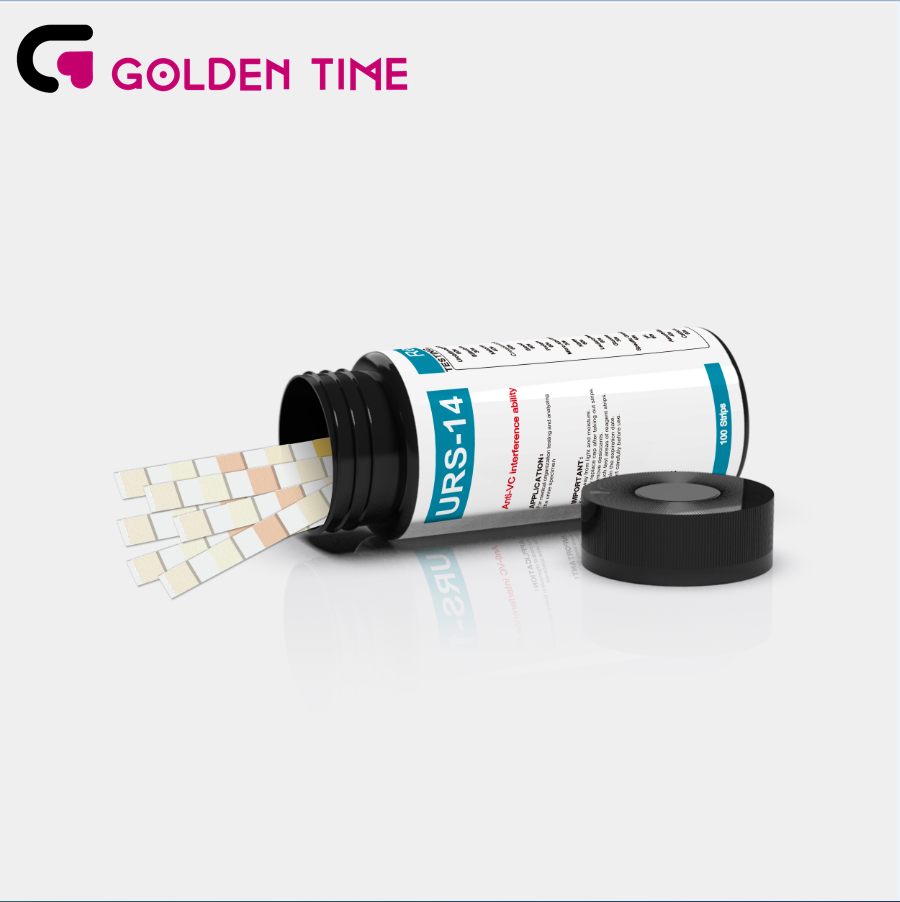Nën . 03, 2024 14:18 Back to list
typhoid fever test
Understanding Typhoid Fever Testing
Typhoid fever is a serious and potentially life-threatening illness caused by the bacterium *Salmonella enterica* serotype Typhi. Primarily spread through contaminated food and water, typhoid fever remains a significant public health challenge in many developing countries. Accurately diagnosing the illness is crucial for effective treatment and control of outbreaks. Here, we explore the various methods of testing for typhoid fever, their reliability, and the importance of timely diagnosis.
Symptoms and Importance of Testing
Symptoms of typhoid fever typically develop six to thirty days after exposure to the bacteria, presenting as a sustained fever, abdominal pain, headache, and malaise. Given that these symptoms can resemble other illnesses, confirming a diagnosis through laboratory testing is essential. Timely diagnosis not only aids in the effective management of the infection but also helps prevent its spread to others.
Diagnostic Tests for Typhoid Fever
Several diagnostic tests are employed to confirm the presence of *Salmonella Typhi* in an individual. The most common methods include
1. Blood Cultures This is the gold standard for diagnosing typhoid fever. Blood cultures involve drawing blood samples and incubating them to check for bacterial growth. Typically, positive results can be obtained within a few days. However, it requires an experienced laboratory and may not be feasible in resource-limited settings.
2. Widal Test This serological test detects antibodies (O and H antigens) produced in response to the infection. While the Widal test is widely used due to its simplicity and cost-effectiveness, it may generate false positives or negatives due to previous vaccinations or infections, making it less reliable than blood cultures.
typhoid fever test

3. Stool and Urine Tests These tests involve analyzing stool and urine samples for the presence of *Salmonella Typhi*. They can provide additional supportive evidence, especially in children. However, these methods are not as routinely used for initial diagnosis as blood cultures.
4. PCR (Polymerase Chain Reaction) This molecular technique detects the genetic material of the bacteria. PCR tests are highly specific and sensitive, providing rapid results. Although they are becoming more common in clinical settings, they require advanced laboratory infrastructure, which may not be available in all regions.
Implications for Public Health
Recognizing and treating typhoid fever promptly is crucial to reducing morbidity and mortality associated with the disease. In regions where the prevalence is high, a proactive approach to testing, diagnosing, and managing cases is vital. Public health initiatives should focus on improving sanitation, ensuring access to clean water, and educating communities about safe food practices to mitigate the risk of outbreaks.
Moreover, continued research and development of more accessible and reliable testing methods can further enhance the early detection of typhoid fever. Vaccine development has also made significant strides, providing an additional tool in the fight against this infectious disease.
Conclusion
In summary, typhoid fever testing is essential for accurate diagnosis and effective treatment. While blood cultures remain the most reliable method, the availability of various diagnostic tests can facilitate timely intervention, particularly in low-resource settings. By combining diagnostic efforts with public health initiatives aimed at prevention, we can significantly reduce the burden of typhoid fever in vulnerable populations around the world.
-
Dengue NS1 Rapid Diagnostic Test Kit
NewsMar.07,2025
-
Dengue NS1 Rapid Diagnostic Test Kit
NewsMar.07,2025
-
Dengue NS1 Rapid Diagnostic Test Kit
NewsMar.07,2025
-
Transferrin Rapid Test Cassette Tumor Marker TF Card
NewsMar.07,2025
-
Malaria Pf Pan Rapid Diagnostic Test Kit
NewsMar.07,2025
-
malaria pf / pan ag rapid test
NewsMar.07,2025

